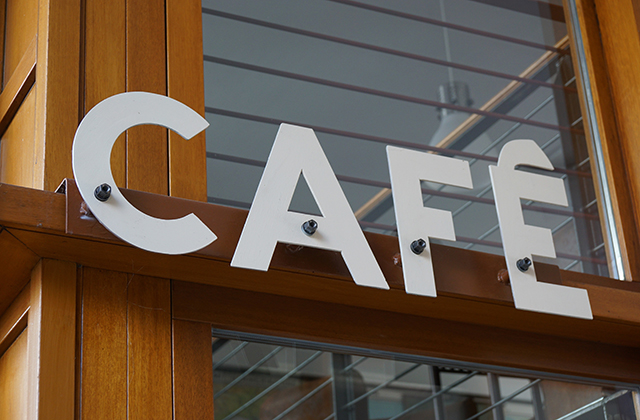In today’s competitive retail landscape, effective signage plays a crucial role in attracting customers and driving sales. Well-designed and attention-grabbing retail signage can capture the interest of potential customers, communicate key messages, and enhance brand visibility. To help you create attractive retail signage that stands out from the crowd, here are 12 valuable tips to consider. If your looking for a flexible way to brand your office stationary you may want to take a look at getting some professionally designed stickers Sydney and labels.
1. Understanding Your Target Audience
Before designing any signage, it’s crucial to have a deep understanding of your target audience. Consider their demographics, preferences, and interests. By knowing your audience, you can tailor your signage to appeal directly to them, using language, imagery, and design elements that resonate with their needs and desires.
2. Defining Clear Objectives
Clearly define the objectives you want to achieve with your retail signage. Are you looking to promote a specific product, highlight a sale, or create brand awareness? Having a clear objective in mind will guide your design decisions and ensure your signage effectively communicates the desired message to your audience.
3. Choosing the Right Location
The location of your signage is crucial for maximum visibility. Assess your store layout and identify high-traffic areas where your signage will receive the most attention. Entrances, checkout counters, and aisle ends are popular spots. Placing signage at eye level will also increase its impact and make it more likely to be noticed.
4. Creating Eye-Catching Headlines
Catchy and compelling headlines are essential for grabbing attention. Use bold and concise language that communicates the main message of your signage at a glance. A well-crafted headline can pique curiosity and encourage customers to engage further with your store.
5. Utilizing Colors and Fonts
Colors and fonts play a significant role in capturing attention and conveying your brand identity. Choose colors that align with your brand and evoke the desired emotions. Opt for high contrast between the background and text to ensure readability. Similarly, select fonts that are legible and consistent with your brand’s style.
6. Emphasizing Benefits and Offers
Highlight the benefits and offers associated with your products or services. Showcasing discounts, promotions, or unique selling points on your signage can create a sense of urgency and attract customers. Clearly communicate the value they will receive by engaging with your business.
7. Keeping It Simple and Clear
When it comes to retail signage, simplicity is key. Avoid cluttering your signs with excessive text or images that may overwhelm readers. Instead, focus on concise and clear messaging that can be easily understood at a glance. Use bullet points or short phrases to convey information effectively.
8. Optimizing Signage Placement
Strategic placement of your signage can significantly impact its visibility and effectiveness. Consider the viewing distance and angle from which your signage will be seen. Ensure that it is easily visible from different directions and that it stands out amidst other distractions in the environment.
9. Using High-Quality Images and Graphics
Visual elements such as images and graphics can greatly enhance the appeal of your retail signage. Incorporate high-quality visuals that align with your brand and complement the message you want to convey. Ensure that the images are crisp, relevant, and of professional quality.
10. Ensuring Consistency with Branding
Maintaining consistency with your brand identity is essential for effective retail signage. Use your brand’s logo, colors, and fonts consistently across all signage to reinforce brand recognition and build a cohesive visual experience. Consistency instills trust and familiarity among customers.
11. Testing and Measuring Signage Effectiveness
To optimize your retail signage efforts, it’s important to test and measure their effectiveness. Conduct A/B testing by creating variations of your signage and comparing their performance. Track metrics such as foot traffic, customer engagement, and sales to determine the impact of your signage and make necessary adjustments.
12. Conclusion
Creating attractive retail signage is a powerful way to capture the attention of potential customers and drive foot traffic to your store. By understanding your target audience, setting clear objectives, choosing optimal locations, and employing effective design techniques, you can create signage that stands out from the competition and communicates your brand message effectively.
Remember to keep your signage simple, emphasize benefits and offers, and ensure consistency with your branding. Regularly test and measure the effectiveness of your signage to make data-driven improvements. With these tips, you’ll be well-equipped to create compelling and attractive retail signage that enhances the overall shopping experience for your customers. Click here for attractive signage.
